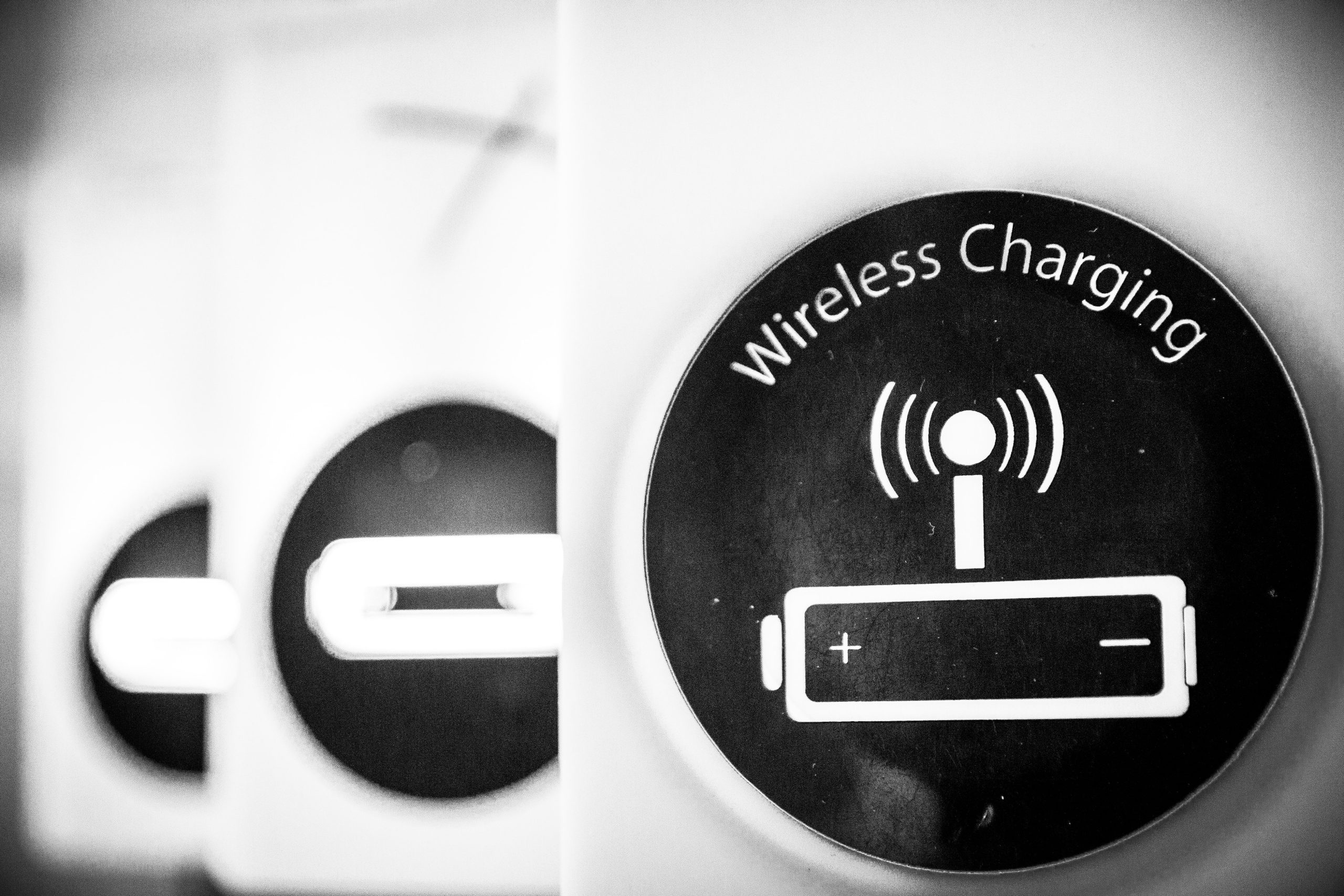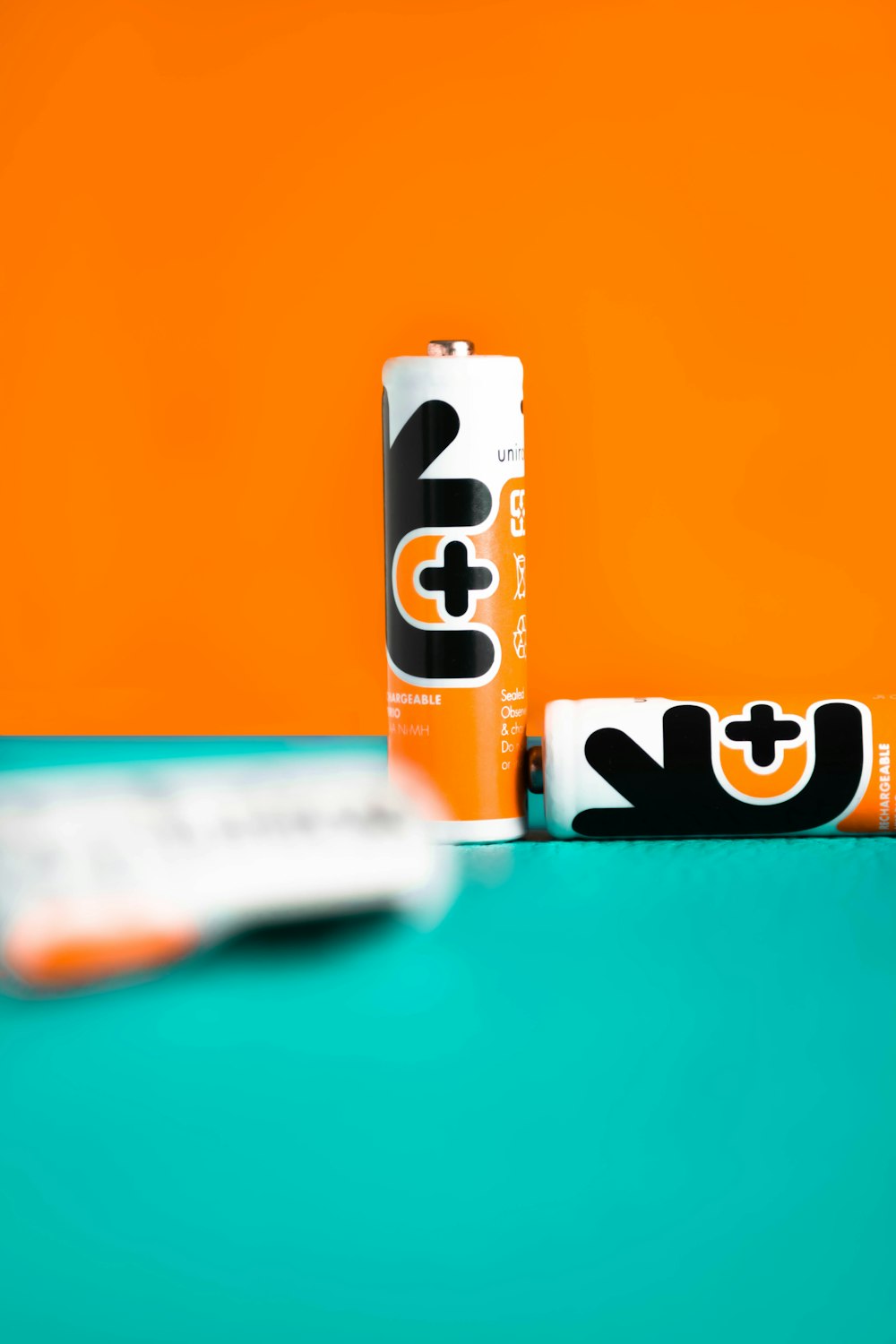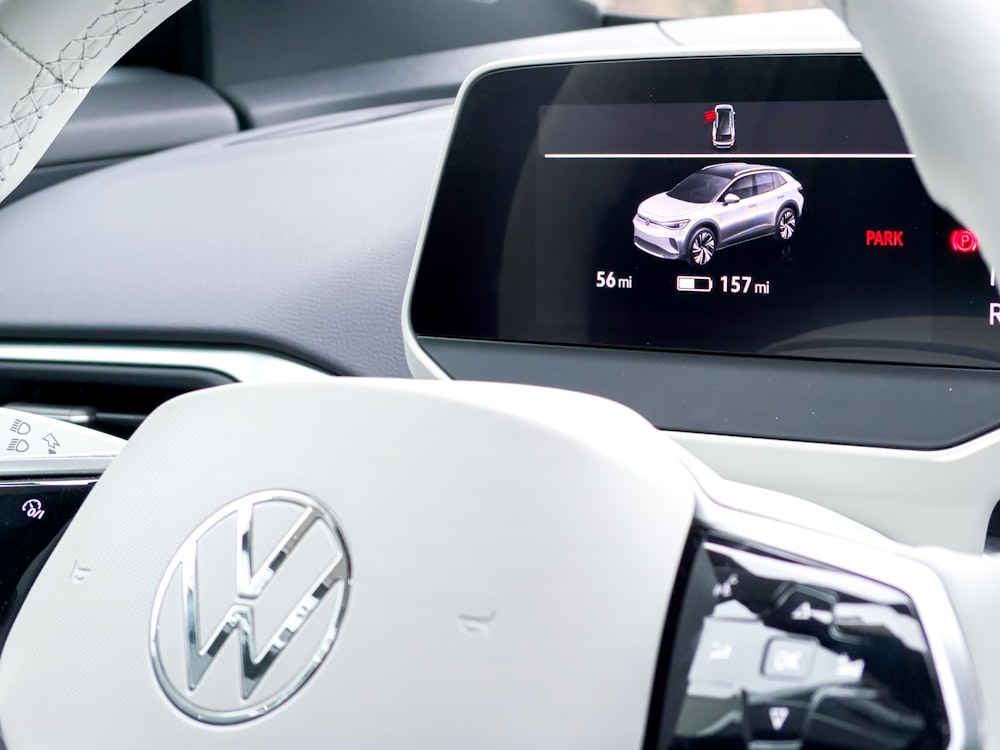

In addition to their lightness, Lithium–Ion Batteries, which are superior to batteries using nickel in terms of energy density, capacity, and power, in a short time, especially for mobile devices and high power technologies (such as electric vehicles and military applications), became one of the indispensable battery technologies. However, due to its limited capacity and useful life, the total cost of ownership is among the most significant disadvantages of Lithium–Ion Batteries Technology.
The new Lithium–Ion Battery Technology developed can be an essential solution for many problems. For example, the range of electric vehicles may increase; It may be confirmed with a phone that does not need charging for one week.
Researchers at the University of California San Diego have made a breakthrough on Lithium–Ion Batteries that could drastically increase their energy density.
Critical scientific studies are being conducted on why the performance of Lithium–Ion Batteries or why their life is reduced depending on usage. With these studies, it is aimed to develop batteries with higher capacity, longer life, and higher power density. With the scientific studies carried out so far, some important, although the results have been achieved, based on this phenomenon molecular level factors, are the most critical obstacle to a complete understanding of the machine one of the biggest hurdles.

- It is lighter than Nickel–Based Batteries such as Nickel–Cadmium (NiCd) and Nickel–Metal Hydride (NiMH).
- However, they are more advantageous than Nickel–Based Battery Technologies in size and longevity, as they are superior in energy density, capacity, and power.
- Another essential feature of lithium-ion batteries is the absence of the memory effect seen in Nickel–Cadmium (NiCd) batteries. The memory effect is the characteristic of Nickel–Cadmium (NiCd) batteries to lose their maximum capacity due to repeatedly charging them without being fully discharged.
- In addition, the self–discharge rate of Lithium–Ion Batteries depending on time, is considerably lower than Nickel–Based Technologies.
Lithium–Ion Battery typically consists of three main parts:
- Cathode (Positive Electrode): It consists of metal oxide. Most commercially preferred are lithium cobalt oxide, lithium iron phosphate or manganese oxide, and lithium nickel manganese cobalt.
- Anode (Negative Electrode): Consists of porous carbon. The most widely used is graphite.
- Electrolyte: It consists mainly of organic solvents containing lithium ions.
Although Lithium–Ion Battery cells have a relatively simple structure and operation, Lithium–Ion Batteries have a unique design. They contain special electrical circuits to ensure specific safety criteria and optimize their lifetime and performance. Lithium–Ion Batteries, used in almost every product today, are intelligent batteries with these circuits. However, Lithium–Ion Battery cells are not accessible and affordable to end–users. Battery manufacturers take these battery cells, place them in a structure containing a specially designed innovative circuit that meets specific safety criteria, and put them into use. When a Lithium–Ion Battery is overcharged, overheated, or internally shorted due to manufacturing faults, the electrolytes inside can react chemically with the electrodes. As a result, the battery may explode, and the electrolyte inside may contact air and ignite.
At the beginning of the studies on anode technologies in lithium-ion batteries are using different materials instead of carbon in the anode and using other materials as additives on the carbon–structured anode surface.
Lithium–Titanate Battery Technology: One of the recent developments in anode technology in Lithium–Ion Batteries is Lithium–Titanate nanocrystals instead of carbon on the anode surface. It also draws attention with its ability to work even at –30 0 C. These features provide a great advantage, especially in terms of use in electric vehicles.

Disadvantages of Lithium–Ion Batteries
Although they have a simple structure in terms of operation, Lithium–Ion Batteries contain some extra circuit elements for safety. Therefore, it is essential to meet specific safety standards regarding the battery. For this reason, battery manufacturers place battery cells in innovative circuit structures with a unique design and aim to provide safety standards. In addition, Lithium–Ion Batteries can explode when they are overcharged, overheated, and in short circuits.




